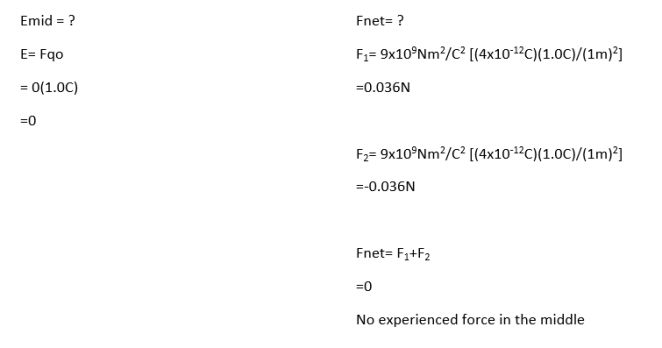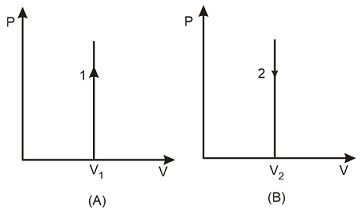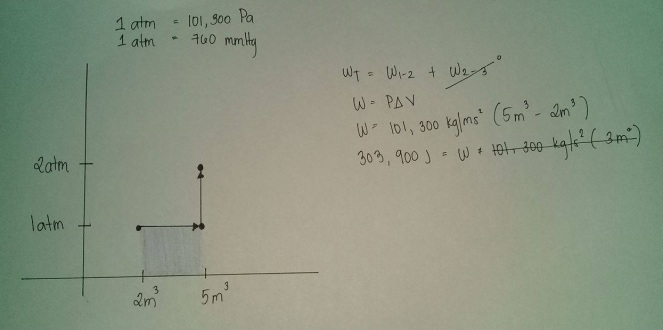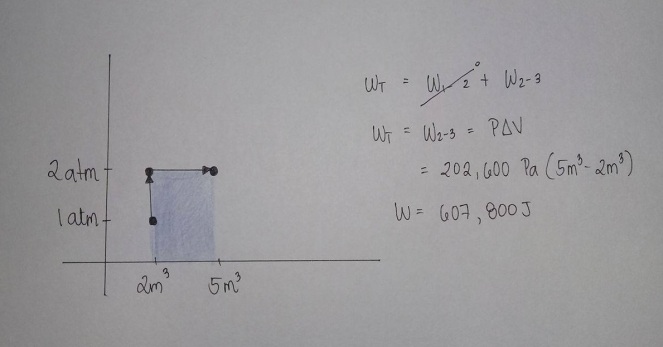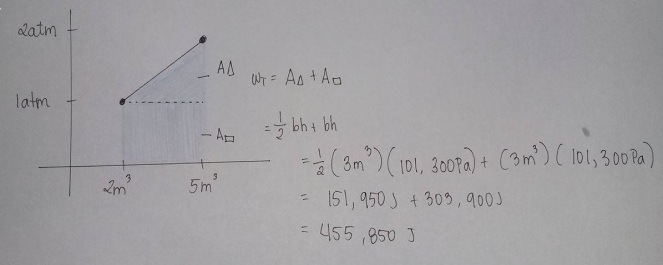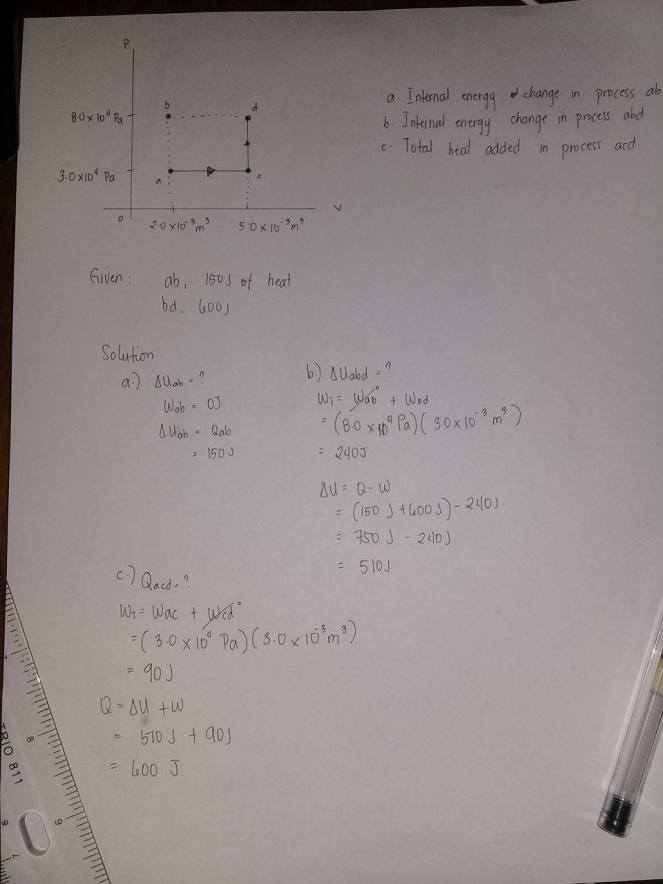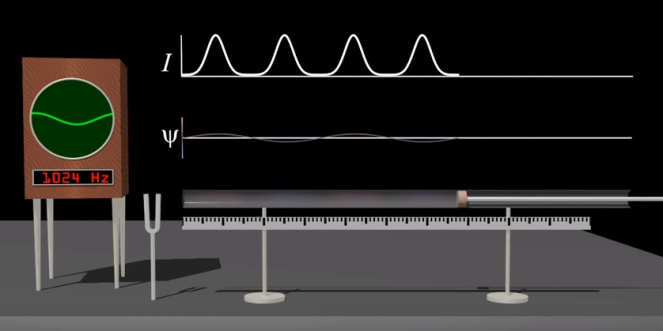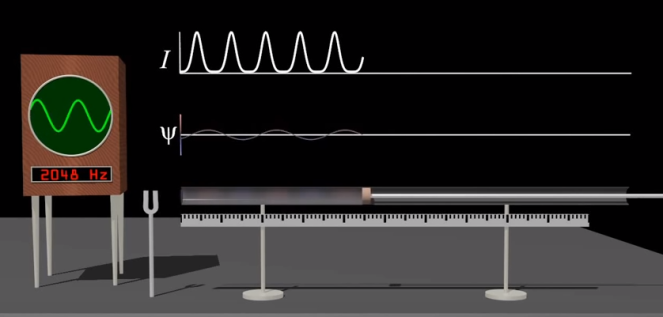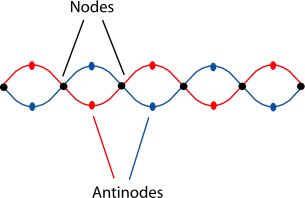Physics, Biology, Contemporary and English For Academic and Professional Purposes
Adding all this four subjects equals Electrifying Christmas Lantern.
But making this masterpiece is not easy. A lot of sleepless night have passed, bottles of Kopiko to keep us awake and a lot of snacks.
This is not just an ordinary lantern. We also put lights on it to be more beautiful and elegant.
This is a thematic project
- Physics – we are graded for the circuit
- Biology- for the domestic crops used in making the parol
- Contemporary- for the design of it, and
- EAPP – we will make a brochure of the lantern
Lets focus here on Physics. Let me explain to you the following 12
- Parallel
- Series
- Capacitor
- Resistor
- Transistor
- L.E.D
- Switch
- Transformer
- Voltage
- Power
- Electric Consumption
- Circuit diagram
- Parallel- in our lantern we use parallel circuit.
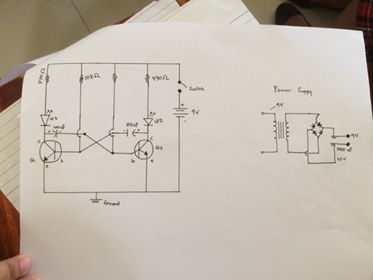
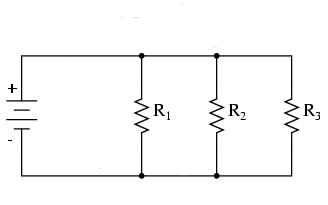
In parallel circuit if one bulb blew out the others will still be working because there is still current flowing to the others because they are still in direct path from the negative to positive terminals of the battery. Parallel has two or more paths for the electricity to flow. There are formula that you need to know, Ceq= C1+C2+C3. You just need to add all to know the sum.
2. Series- We also use series circuit in our lantern. its in the outer rays of the snowflakes. Unlike in Parallel, if one bulb blew out the whole circuit will not work since series circuit have only one path for the electricity to flow.This is how series looks like.

Mostly all houses uses Parallel connection in their house because its very hassle if one bulb blew out then all their lights will automatically shut down. Although we also use series connection in Christmas lights.
3. Capacitor- its a device that stores electrons. Basic capacitor is made up of two conductors separated by dielectric. The dielectric is either made of plastic, ceramic, paper, glass, mica or none. The capacitance is measured in Farads (F). 1 F= 6.28 E 18 electrons. In our circuit we only use two capacitors. we use electrolytic capacitor. If we remove a capacitor from our circuit the L.E.D will explode because capacitor acts as a regulator, so that the bulb will receive a desired amount of electricity needed.

4. Resistor- it is a device that limits, or resists current. The most common materials used in making it is carbon composition. Resistance can be measured in ohms.

We use four resistors in our circuit a carbon composition resistor. made either by hot or cold molding from mixtures of carbon and clay binder. two 470Ω and two 10kΩ. Most resistors have fixed values. some can be controlled. when i was still in grade 10 we have basic electronics subject. Our teacher teach us how to compute the total resistance. this is how to compute it. you just need to look for the colors.
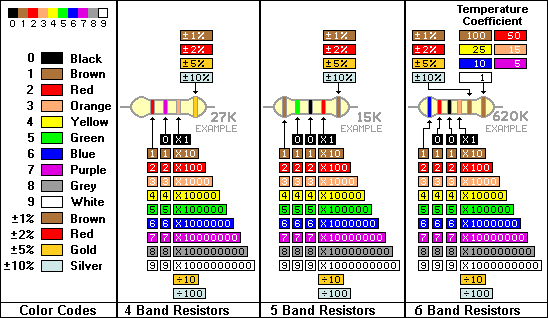
5. Transistor- we use two BJT type, NPN transistor.
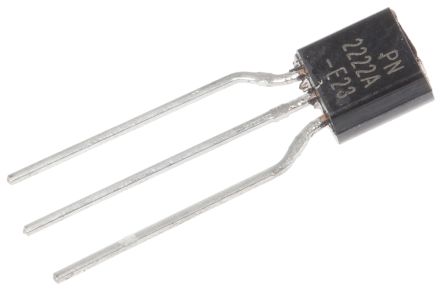

this is how it looks like. when no voltage is applied at transistors base, electrons in the emitter are prevented from passing to the collector side because of the pn junction. if a negative voltage is applied to the base things get even worse as pn junction between the base and emitter becomes reverse-biased resulting in the formation of a depletion region that prevents current flow. the use of transistor in a circuit is a simple switches. it conducts current across the collector-emitter path.
6. L.E.D- honestly we don’t use L.E.D in our circuit because we cant find color white thats why we buy a Christmas light and disassembled it 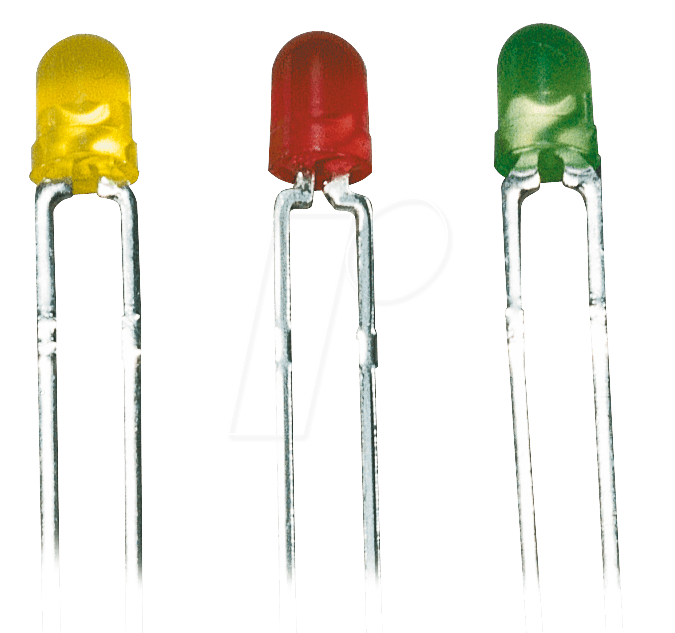 .
.
there are 7 types of Light emitting diode (LED).
The light emitting section of an LED is made by joining n-type and p-type semiconductors together to form a pn junction. as the electrons combine with the holes, photons are emitted. well if we remove the LEDs the lantern will be boring.
7. Switch- one requirement in making the circuit is using two switches. we use Red button on-off 4 pin DPST boat rocker switch. by using switches we can control our lantern. we can easily manipulate the lights, we can turn on the parallel while we turn off the series or vise versa.
-1024x768_0.jpg)
8. Transformer- work on the principle of electromagnetic induction. transformer are made of two or more inductors with metal core usually made of iron. in our circuit we really need to use transformer because we we do not, the whole thing will explode and be on fire. there are 4 parts of the transformer.

- Primary winding/coil – coil connected to the power source.
- Secondary winding/coil – coil connected to the load. output coil of the transformer.
- Core- ferromagnetic material where the wires are wounded. its purpose is to increase the magnetic flux and to provide a medium.
- Bobbin- made of plastic materials, used to support the primary and secondary windings.
there are two types of transformer. Auto transformer and isolation transformer. the picture above is the isolation transformer.
9. Voltage- pressure from an electrical circuit’s power source that pushes charged electrons (current) through a conducting loop, enabling them to do work such as illuminating a light. In brief, voltage = pressure, and it is measured in volts (V) (Fluke, 2018.) we use 9 volts because our circuit is just simple and small.
10. Power- Energy given in a certain amount of time, usually measured in watts. here are our computation of power consumption of our circuit. 

11. Electric Consumption- are the total amount of energy consumed by the circuit or by our lantern. This is often measured in Joules (J) or in kilowatts (KW) . Electronic devices consume electric energy to generate desired output (i.e., light, heat, motion, etc.). here are our computation in electric consumption of our lantern. As you can see in our computation we also include the amount in peso consumed in using our lantern.
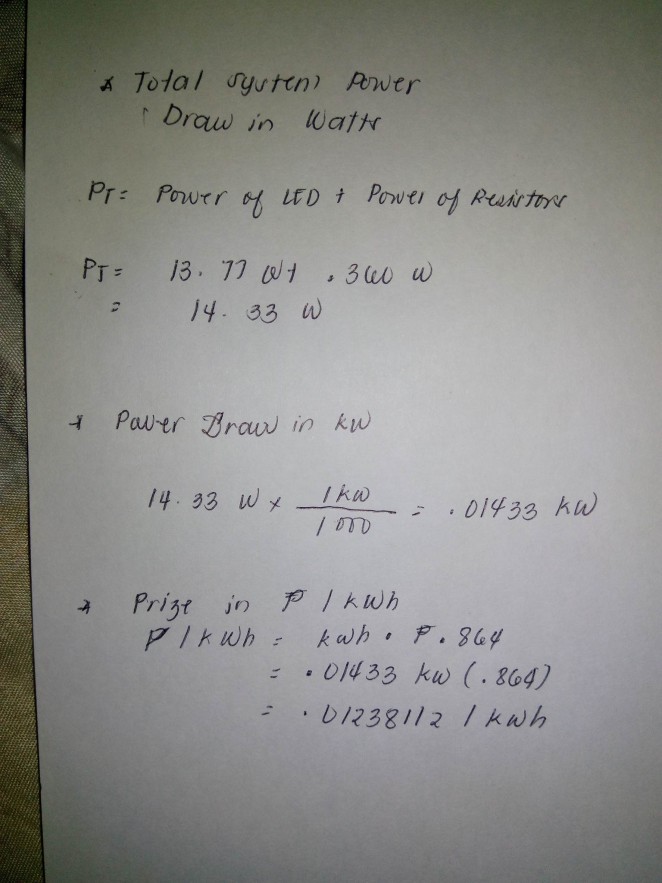
12. Circuit Diagram- used to give a visual representation of an electrical circuit. The pictorial style circuit diagram would be used for a broader, less technical audience. Before we make our lantern we need to submit first our circuit diagram to Mr. Supnet, our Physics teacher. He need to check it first. it looks so easy but honestly i almost throw my cellphone because of the app Icircuit. In here you can make a virtual diagram and you can check it if its working or not. this is very convenient because we don’t need to buy materials to in order to test it. 
Here are our documentation in the making of our lantern. in chronological order.
Our group presenting our lantern to our four teachers.
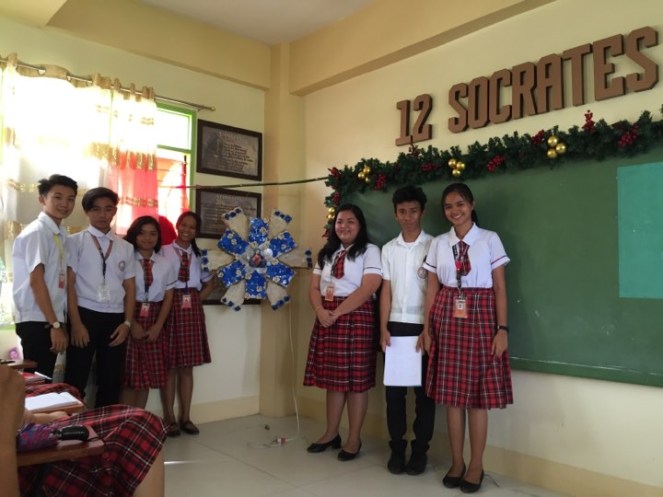
Thank you!!
I would like to thank Mr. Alvin Pajo, our teacher in Basic electronic when i was still grade 10. Most of the information mentioned here are from his lessons and printed handouts he provided for us.








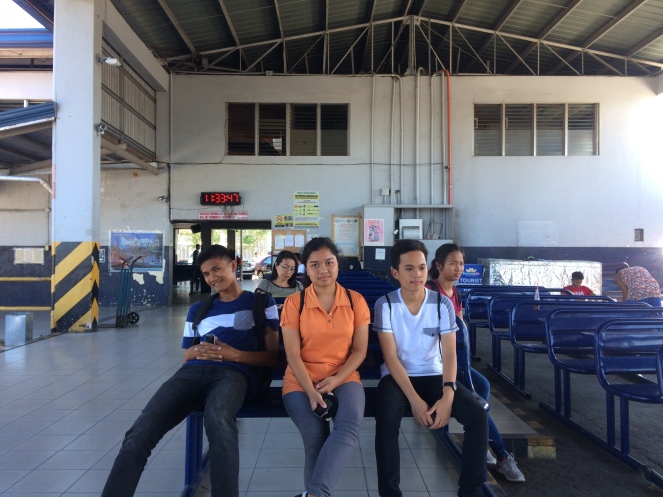



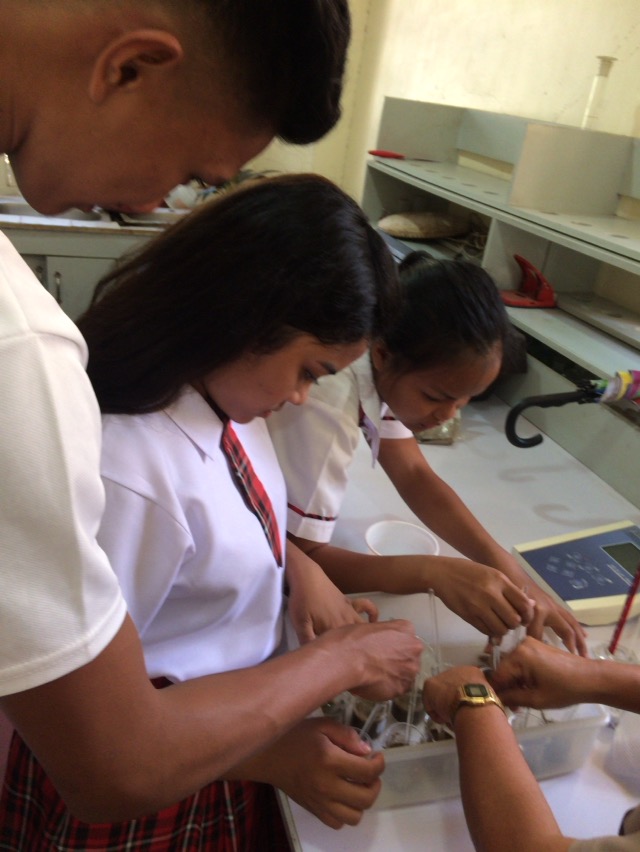


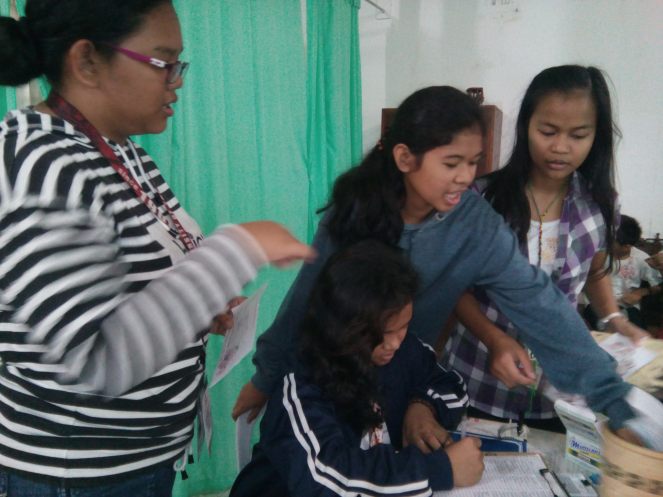
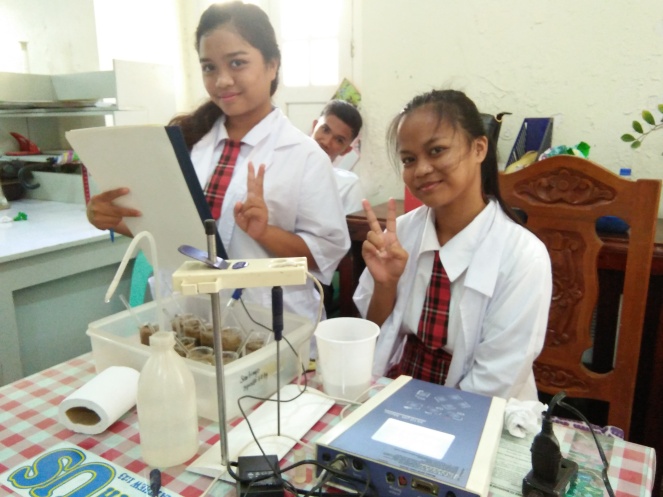
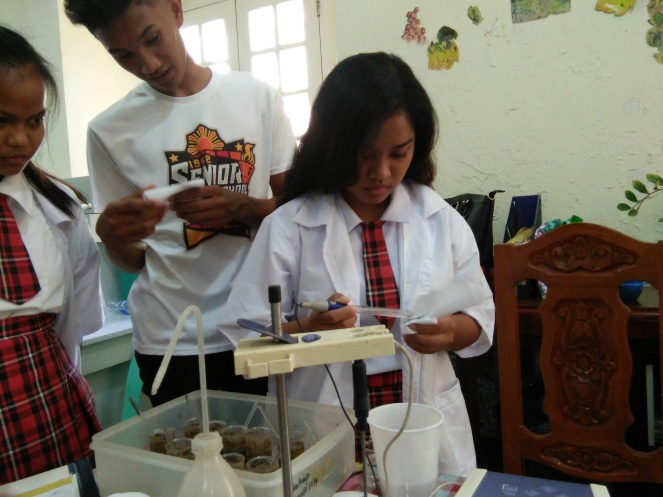
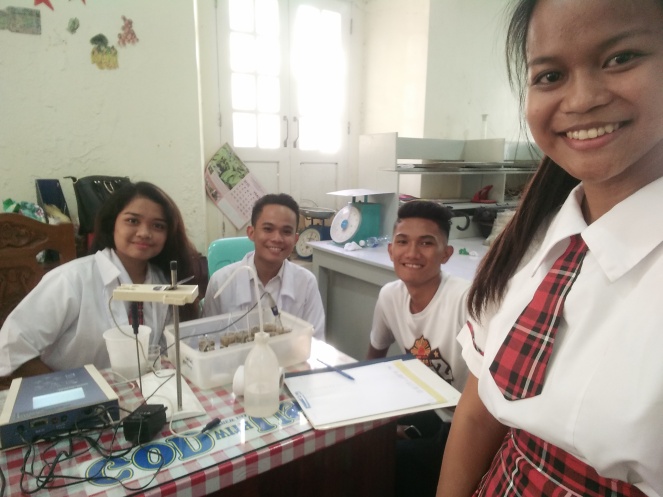


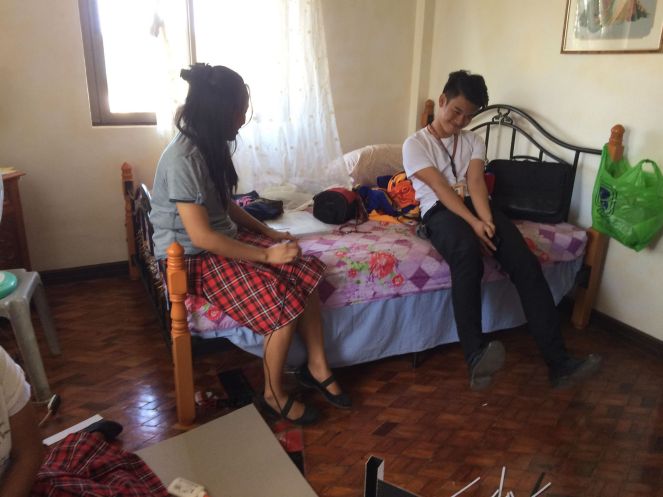
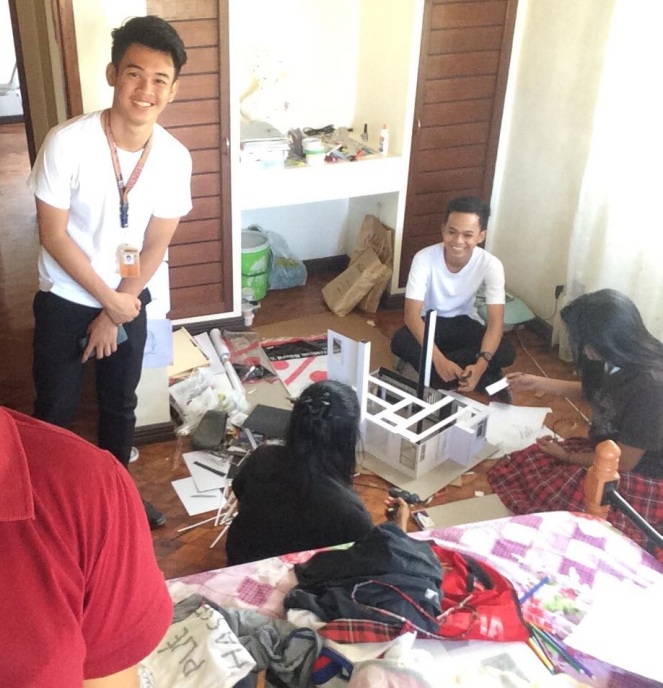
































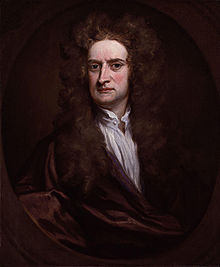

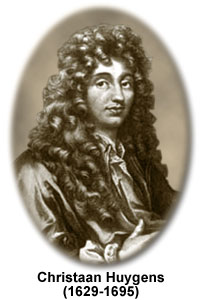
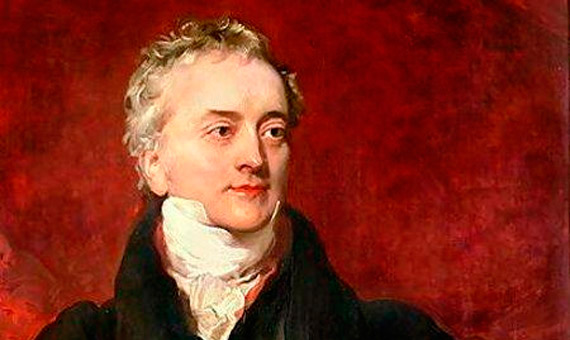
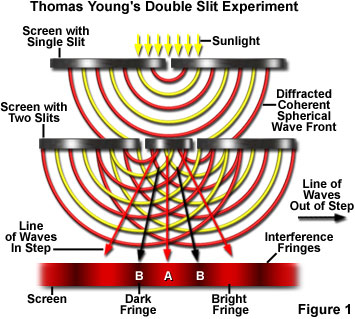
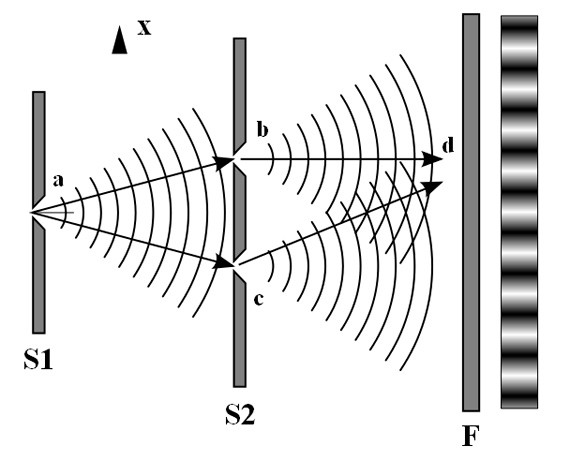




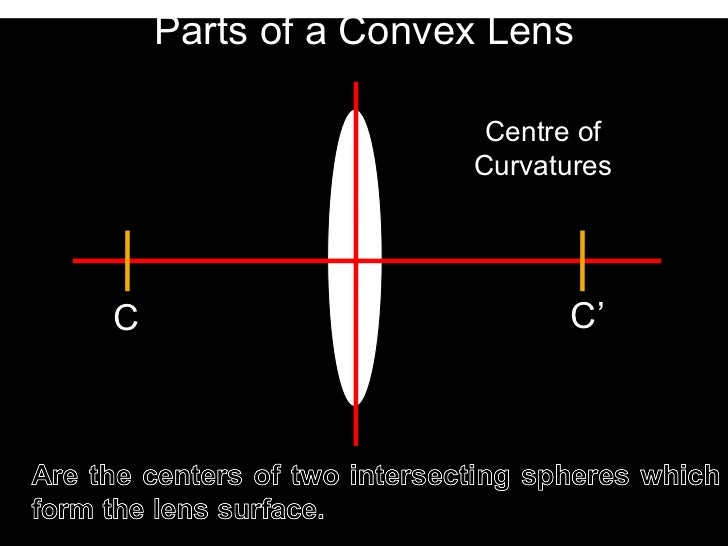
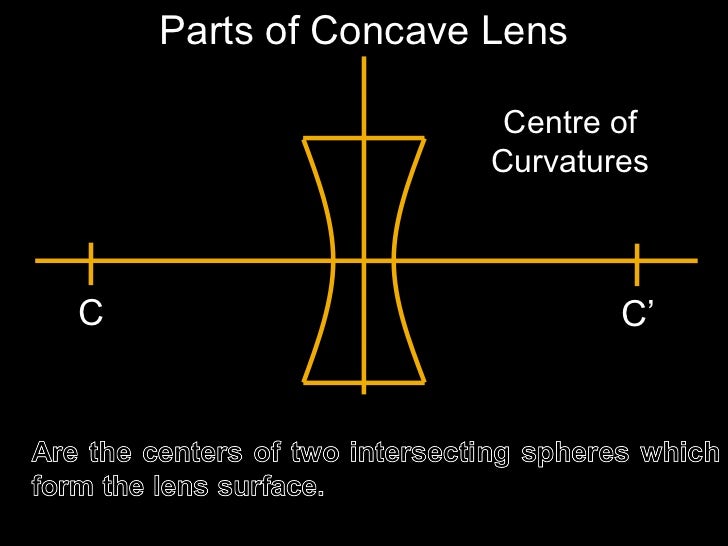


















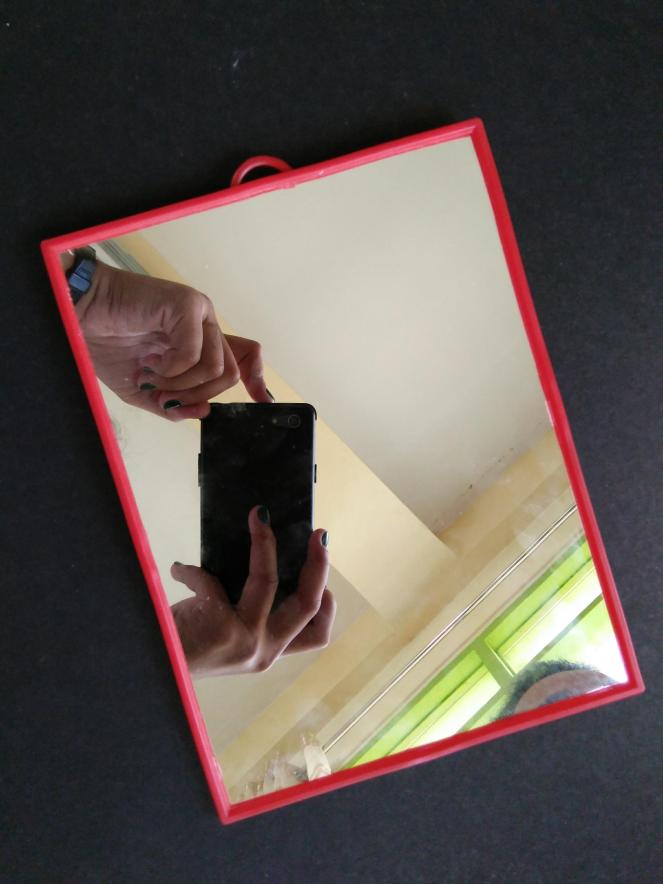

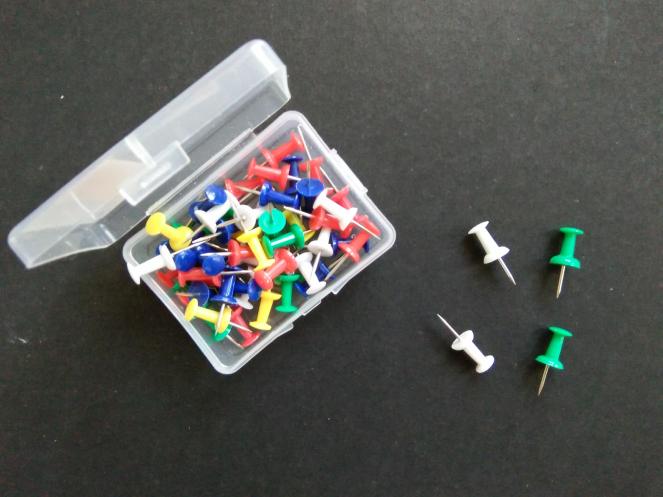












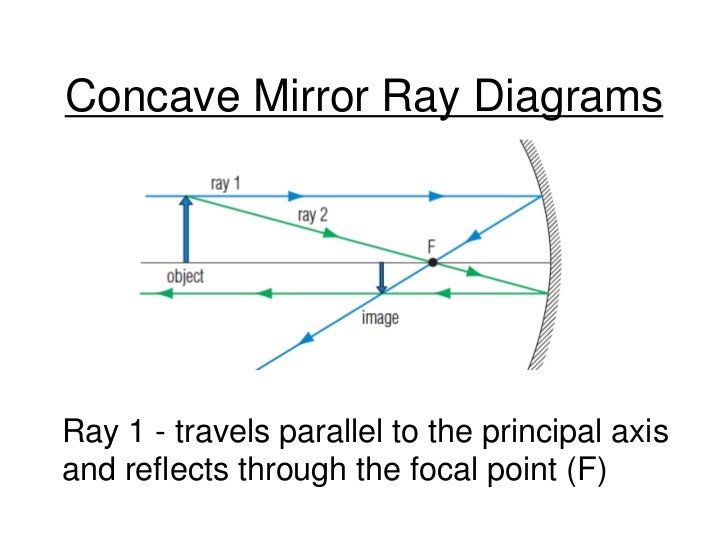









 .
.-1024x768_0.jpg)


























